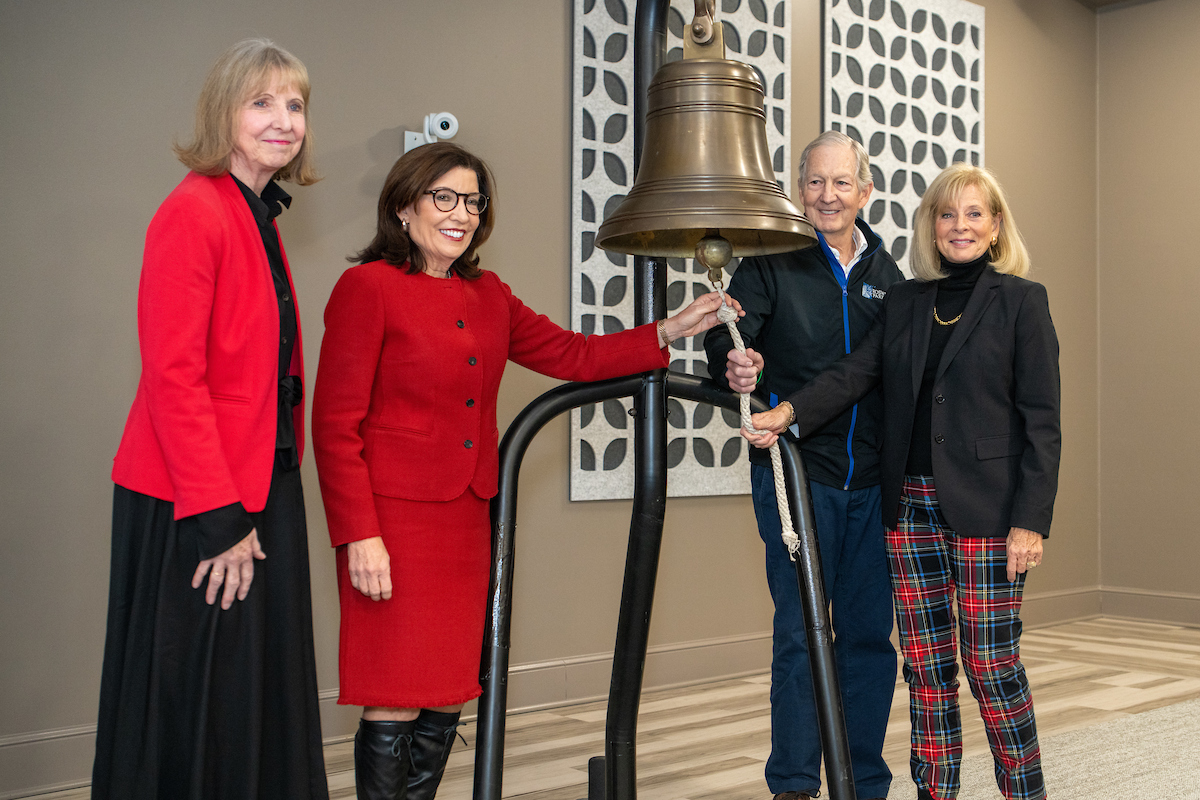Beta Pictoris is the target of several planned Webb observing programs, including one led by Chris Stark of NASA’s Goddard Space Flight Center in Greenbelt, Maryland, and two led by Christine Chen of the Space Telescope Science Institute (STScI) in Baltimore, Maryland. Stark’s program will directly image the system after blocking the light of the star to gather a slew of new details about its dust. Chen’s programs will gather spectra, which spread light out like a rainbow to reveal which elements are present. All three observing programs will add critical details to what’s known about this nearby system.
First, a Review of What We Know
Beta Pictoris has been regularly studied in radio, infrared, and visible light since the 1980s. The star itself is twice as massive as our sun and quite a bit hotter, but also significantly younger. (The Sun is 4.6 billion years old, but Beta Pictoris is approximately 20 million years old.) At this stage, the star is stable and hosts at least two planets, which are both far more massive than Jupiter. But this planetary system is remarkable because it is where the first exocomets (comets in other systems) were discovered. There are quite a lot of bodies zipping around this system!
Like our own solar system, Beta Pictoris has a debris disk, which includes comets, asteroids, rocks of various sizes, and plenty of dust in all shapes that orbit the star. (A debris disk is far younger and can be more massive than our solar system’s Kuiper Belt, which begins near Neptune’s orbit and is where many short-period comets originate.)
This outside ring of dust and debris is also where a lot of activity is happening. Pebbles and boulders could be colliding and breaking into far smaller pieces — sending out plenty of dust.
Scrutinizing This Planetary System
Stark’s team will use Webb’s coronagraphs, which block the light of the star, to observe the faint portions of the debris disk that surround the entire system. “We know there are two massive planets around Beta Pictoris, and farther out there is a belt of small bodies that are colliding and fragmenting,” Stark explained. “But what’s in between? How similar is this system to our solar system? Can dust and water ice from the outer belt eventually make its way into the inner region of the system? Those are details we can help tease out with Webb.”
Webb’s imagery will allow the researchers to study how the small dust grains interact with planets that are present in that system. Plus, Webb will detail all the fine dust that streams off these objects, permitting the researchers to infer the presence of larger rocky bodies and what their distribution is in the system. They’ll also carefully assess how the dust scatters light and reabsorbs and reemits light when it’s warm, allowing them to constrain what the dust is made of. By cataloging the specifics of Beta Pictoris, the researchers will also assess how similar this system is to our solar system, helping us understand if the contents of our solar system are unique.
Isabel Rebollido, a team member and postdoctoral researcher at STScI, is already building complex models of Beta Pictoris. The first model combines existing data about the system, including radio, near-infrared, far-infrared, and visible light from both space- and ground-based observatories. In time, she will add Webb’s imagery to run a fuller analysis.
The second model will feature only Webb’s data – and will be the first they explore. “Is the light Webb will observe symmetrical?” Rebollido asked. “Or are there ‘bumps’ of light here and there because there is an accumulation of dust? Webb is far more sensitive than any other space telescope and gives us a chance to look for this evidence, as well as water vapor where we know there’s gas.”
Dust as a Decoder Ring
Think of the debris disk of Beta Pictoris as a very busy, elliptical highway – except one where there aren’t many traffic rules. Collisions between comets and larger rocks can produce fine dust particles that subsequently scatter throughout the system.
“After planets, most of the mass in the Beta Pictoris system is thought to be in smaller planetesimals that we can’t directly observe,” Chen explained. “Fortunately, we can observe the dust left behind when planetesimals collide.”
This dust is where Chen’s team will focus its research. What do the smallest dust grains look like? Are they compact or fluffy? What are they made of?
“We’ll analyze Webb’s spectra to map the locations of dust and gas – and figure out what their detailed compositions are,” Chen explained. “Dust grains are ‘fingerprints’ of planetesimals we can’t see directly and can tell us about what these planetesimals are made of and how they formed.” For example, are the planetesimals ice-rich like comets in our solar system? Are there signs of high-speed collisions between rocky planetesimals? Clearly analyzing if grains in one region are more solid or fluffy than another will help the researchers understand what is happening to the dust, and map out the subtle differences in the dust in each region.
“I’m looking forward to analyzing Webb’s data since it will provide exquisite detail,” added Cicero X. Lu, a team member and a fourth-year Ph.D. student at Johns Hopkins University in Baltimore. “Webb will allow us to identify more elements and pinpoint their precise structures.”
In particular, there’s a cloud of carbon monoxide at the edge of the disk that greatly interests these researchers. It’s asymmetric and has an irregular, blobby side. One theory is that collisions released dust and gas from larger, icy bodies to form this cloud. Webb’s spectra will help them build scenarios that explain its origin.
The Reach of Infrared
These research programs are only possible because Webb has been designed to provide crisp, high-resolution detail in infrared light. The observatory specializes in collecting infrared light – which travels through gas and dust – both with images and spectra. Webb also has another advantage – its position in space. Webb will not be hindered by Earth’s atmosphere, which filters out some types of light, including several infrared wavelength bands. This observatory will allow researchers to gather a more complete range of infrared light and data about Beta Pictoris for the first time.
These studies will be conducted as part of Webb Guaranteed Time Observations (GTO) and General Observers (GO) programs. The GTO programs are led by scientists who helped develop the key hardware and software components or technical and inter-disciplinary knowledge for the observatory. GO programs are competitively selected using a dual-anonymous review system, the same system that is used to allocate time on the Hubble Space Telescope.
The James Webb Space Telescope will be the world’s premier space science observatory when it launches in 2021. Webb will solve mysteries in our solar system, look beyond to distant worlds around other stars, and probe the mysterious structures and origins of our universe and our place in it. Webb is an international program led by NASA with its partners, ESA (European Space Agency) and the Canadian Space Agency.
For more information, visit https://webbtelescope.org/contents/news-releases/2021/news-2021-032 or www.nasa.gov/webb.



